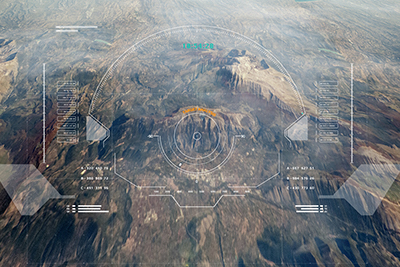 Drones have countless applications in many industries. They have uses in defense, autonomous navigation, agriculture, terrain analysis, inspection, subject tracking, and video stabilization. Name any industry, and there’s a good chance that drones play a part in it.
Drones have countless applications in many industries. They have uses in defense, autonomous navigation, agriculture, terrain analysis, inspection, subject tracking, and video stabilization. Name any industry, and there’s a good chance that drones play a part in it.
Depending on the application, drones may be responsible for lives, millions of dollars, or the functioning of high-risk technologies. There is little room for error, then, for imperfections in drone cameras or flying capabilities.
Teams of scientists and engineers are behind the efforts to improve how drones picture their surroundings. Here are three notable improvements that consumers and industries will see in the next generation of drones:
High-Resolution Cameras
A 12 MP camera—the standard drone camera for most users and some industries—may not be sufficient for high-risk or sensitive industries. Let’s consider military use, for example. Through a 12 MP camera, the Air Force may be able to identify a suspect with a 5% margin for error. If the identification is false, though, the Air Force may be responsible for a civilian death.
We need more accurate cameras that leave no margin for error. Thankfully, scientists and engineers are pioneering cameras with 250 MP equivalent resolution in a 1-inch CMOS sensor. Using these more advanced cameras, military and civilian industries can have more confidence in the drone they’re operating.
Thermal Cameras
Firefighters, commercial inspectors, and law enforcement will be able to use precise thermal cameras in the next generation of drones. In the context of firefighting, these cameras can identify the areas where a fire may have expanded. Firefighters can use these drones to hurry their responses, save civilian and firefighter lives, and reduce water waste.
Commercial inspectors can use thermal drones to identify malfunctions and irregularities in difficult-to-reach areas like windmills. By using drones, commercial inspectors save time and money to devote to other processes.
Computer Vision in AI Drones
Computer vision in AI drones will help law enforcement and commercial industries identify objects from afar. For example, AI drones using computer vision will be able to identify 2D and 3D orientations of objects. Additionally, these drones will be able to classify objects in any given picture by their importance or relevance.
Phase 1 distributes the best lenses for any application you need. Learn more by visiting our website today or calling us at (888) 434-2446.
